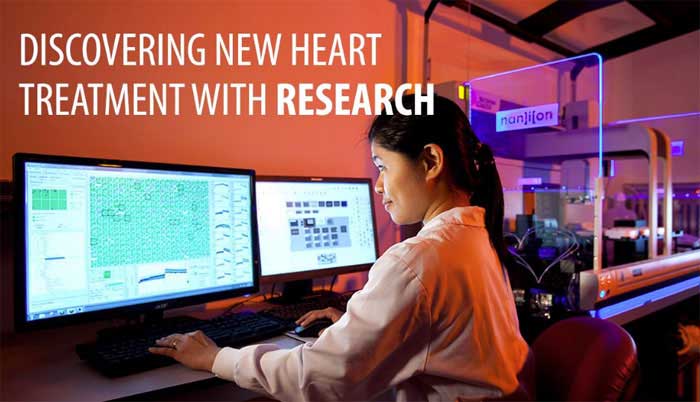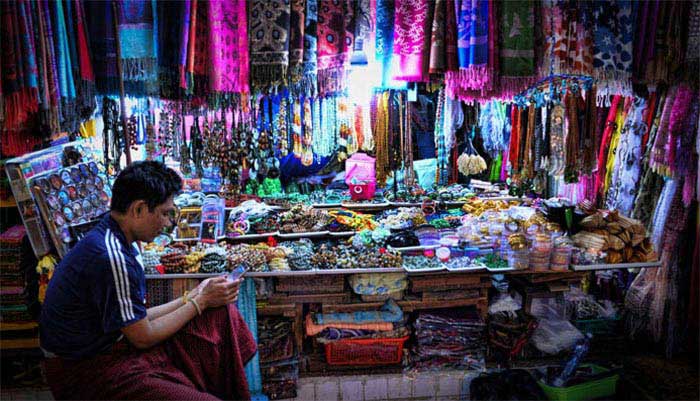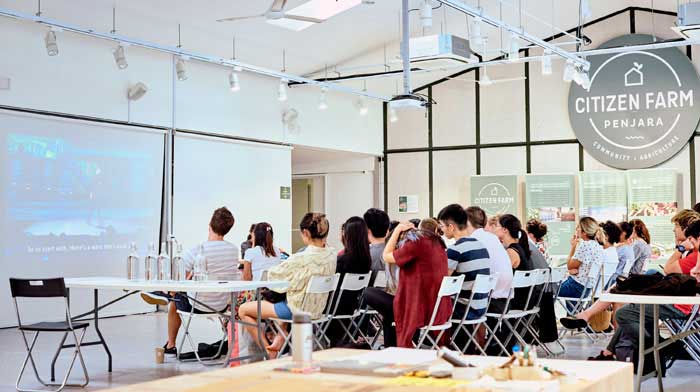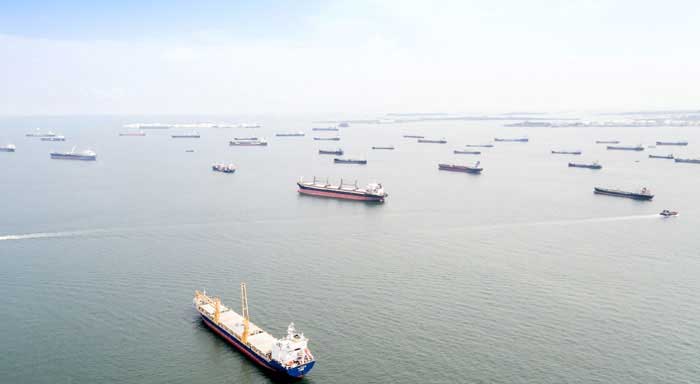NHCS research on finding ways to improve outcomes for Asian heart failure patients Southeast Asia is seeing a rise in the risk factors of heart failure which will inevitably increase the epidemic of heart failure. In a first-ever prospective, multinational real-world data examination of prescription patterns and doses attained of guideline-directed medical therapies in Asian patients suffering from heart failure with reduced ejection fraction (HFrEF), a team of researchers studied the prescription patterns and doses attained of guideline-directed medical therapies in Asian HFrEF patients, and the associations with patient outcomes. The research findings provided valuable insights into the importance of guideline recommendations to prescribe evidence-based therapies to achieve maximum benefits among Asian patients with HFrEF. They also highlighted the gaps in knowledge and treatment.
The National Heart Centre Singapore (NHCS) is a not-for-profit public healthcare institution wholly owned by the government of Singapore.
Each year, over 100,000 patients seek treatment at NHCS. The high workload is a testament of the trust patients have in them.
NHCS prides itself as a national and regional referral centre for cardiovascular diseases and are dedicated to providing optimal care through their three core pillars – Patient Care, Education and Training, and Research. As a 185-bed national centre for cardiovascular medicine in Singapore, NHCS provides a one-stop comprehensive preventive, diagnostic, therapeutic and rehabilitative cardiac services.
NHCS is a member of SingHealth, the largest healthcare group in Singapore. SingHealth offers a complete range of multi-disciplinary and integrated medical care. The group consists of three Hospitals (Singapore General Hospital, KK Women's and Children's Hospital and Changi General Hospital), a community hospital (Bright Vision Hospital), five National Specialty Centres (National Heart Centre Singapore, National Cancer Centre Singapore, National Dental Centre Singapore, National Neuroscience Institute and Singapore National Eye Centre) and a network of polyclinics.




